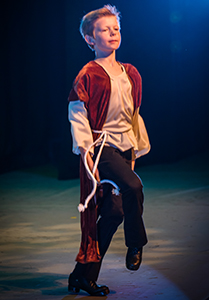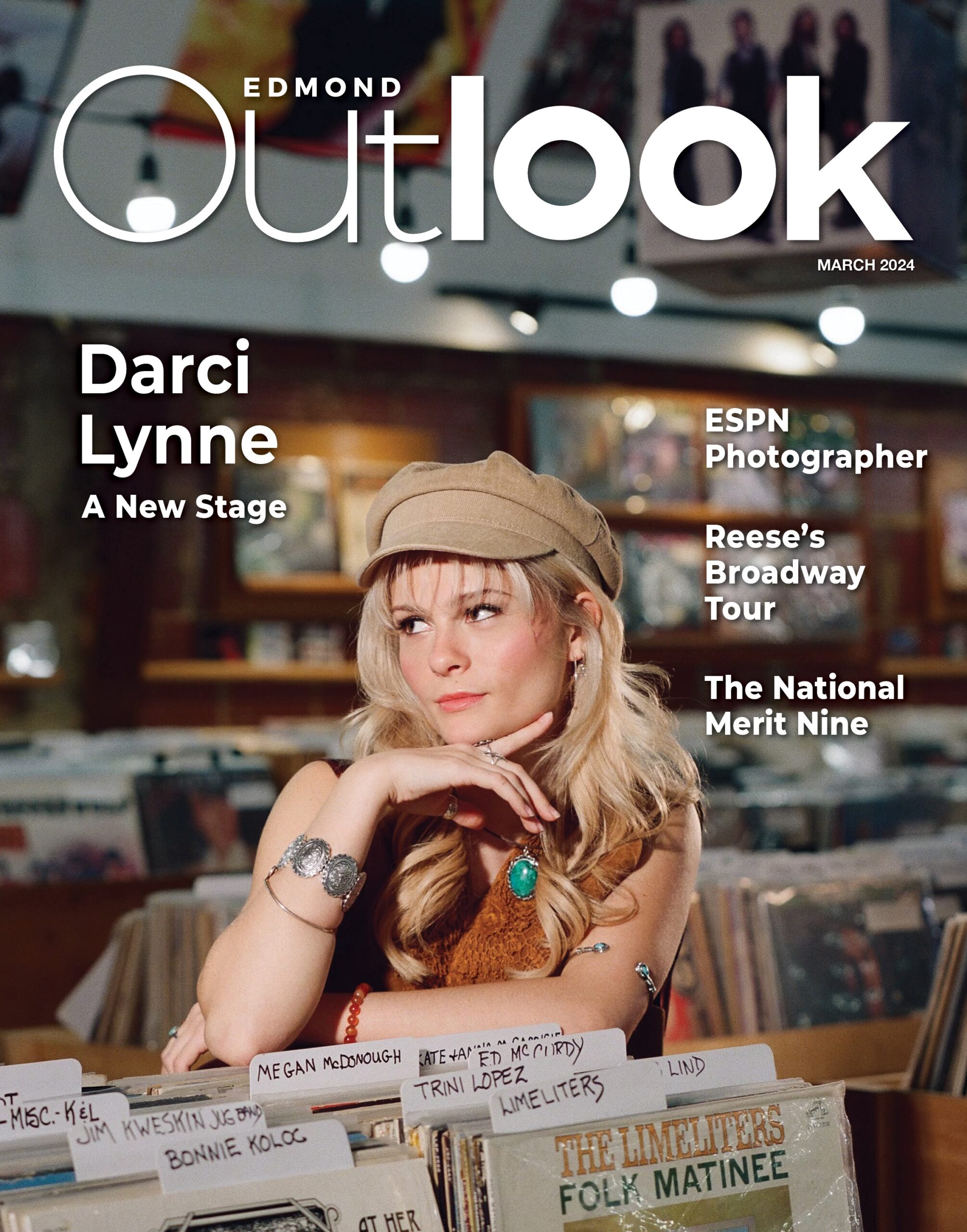My Outlook: Jude Flurry

Jude Flurry is only eleven years
old, but he’s already an accomplished Irish Dancer. Having danced since he was
six years old, he placed 9th in this year’s world championships. We spoke to
both him and Shane Granger with Armstrong Auditorium, to get some insights into
this sport.
Shane, what is some of the
history of Irish Dance?
Irish dance has roots going as
far back as the 6th century BC, when the high king of Ireland, Ollam Fodla, established the Feis o Tara, a celebration involving
sports, poetry reading, music and dance. It’s become very popular over here,
primarily, I think, due to the popularity of Riverdance.
Can you explain how the
competition is structured?
There are two types of dances:
figure and solo dances, the set dance being the featured dance of the soloist.
Jude has never competed in figures, which is the group dance competition. Solo
competitions consist of a hard shoe dance, during which Jude shares the stage
with two other hard shoe soloists, then the soft shoe, where he shares the
stage with one other performer. After that, if he recalls [makes it to the next
round], and about half of the dancers do, then he has the stage to himself for
the set dance.
How much would you say Jude
rehearsed before going to the world championships?
In the two months or so before a
major competition, I would estimate that Jude and his sister practiced four or
five days a week, 1 to 2 hours per session—maybe a little more if you add strength
and conditioning workouts.
Jude, how did you get into Irish
dancing? Is it a family tradition?
It’s not a family tradition, but
my sister does it, most of my cousins do it and all of my close friends do it
too. Having my friends and family doing it makes it more fun in class because
there are other people who I’m close to doing it. I’m definitely glad I got
involved in it.
What kind of competitions do you
prefer? Big ones or small?
I like the small competitions a
lot. With the big competitions, there is a lot of pressure. Sometimes the
pressure is hard to take. It’s worth it though, especially if you do well.
How did it feel to be on stage
in front of so many people?
I was calm, but I was nervous. I
was excited because there were people from all over the world that I’ve never
competed against before. It’s a lot different when you’re actually there than
when you see it on screen. It’s a lot of pressure when you’re dancing because
there are five judges, and they’re all staring at you. If you mess up, they
can’t really miss it.
What are your favorite and least
favorite things about Irish dancing? Is it something you would recommend for
other people?
I like Irish dancing because
it’s a competitive sport, it’s fun, and you can see how hard work pays off. I don’t like that there are so
many injuries. I think it’s helped me to become a harder worker and to use my
time more wisely. It’s so focused on perfection, it has helped me to become a
better perfectionist. It’s a good thing for people to do as long as they are
willing to put in the work. I would definitely recommend it for others.
To learn more about Irish Dance and Armstrong Auditorium, please visit www.armstrongauditorium.org




